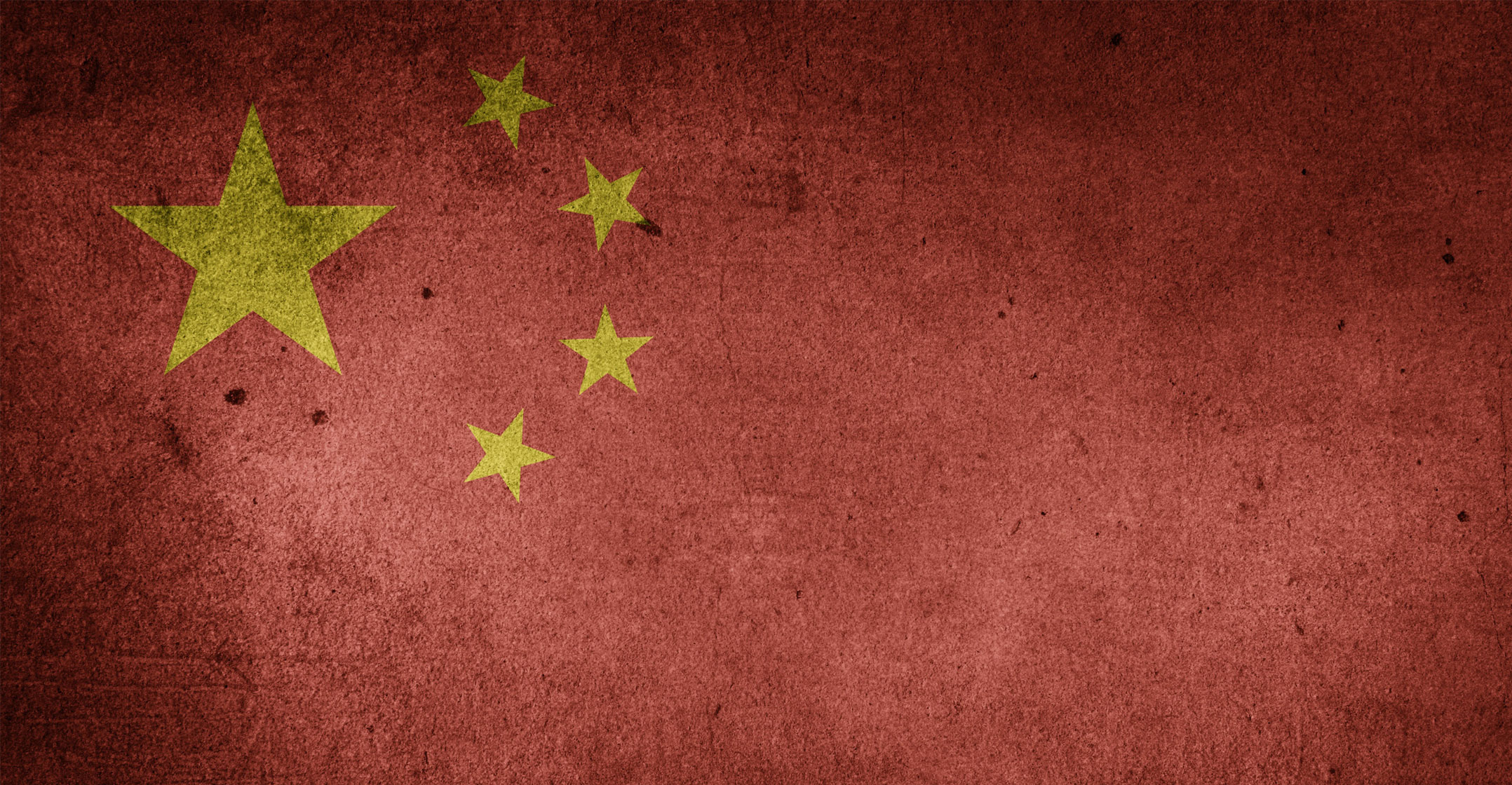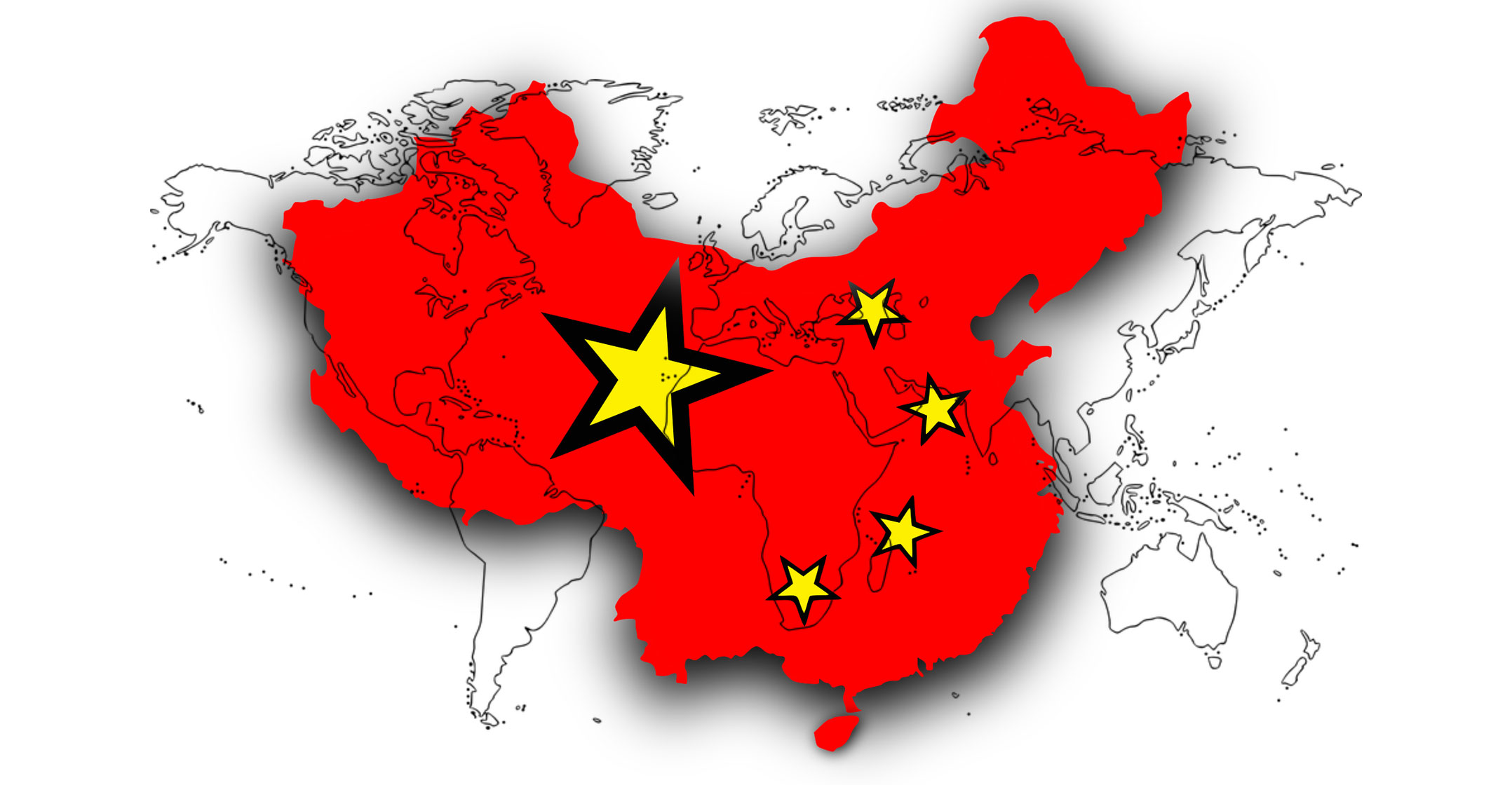 China is planning a sweeping set of new government policies to develop its domestic semiconductor industry and counter Trump administration restrictions, conferring the same kind of priority on the effort it accorded to building its atomic capability, according to people with knowledge of the matter.
China is planning a sweeping set of new government policies to develop its domestic semiconductor industry and counter Trump administration restrictions, conferring the same kind of priority on the effort it accorded to building its atomic capability, according to people with knowledge of the matter.
Beijing is preparing broad support for so-called third-generation semiconductors for the five years through to 2025, said the people, asking not to be identified discussing government deliberations. A suite of measures to bolster research, education and financing for the industry has been added to a draft of the country’s 14th five-year plan, which will be presented to the country’s top leaders in October, the people said.
China’s top leaders will gather next month to lay out their economic strategy for the next half decade, including efforts to ramp up domestic consumption and make critical technology at home. President Xi Jinping has pledged an estimated US$1.4-trillion through to 2025 for technologies ranging from wireless networks to artificial intelligence. Semiconductors are fundamental to virtually every component of China’s technology ambitions — and an increasingly aggressive Trump administration threatens to cut off their supply from abroad.
“The Chinese leadership realises that semiconductors underpin all advanced technologies, and that it can no longer dependably rely on American supplies,” said Dan Wang, technology analyst at research firm Gavekal Dragonomics. “In the face of stricter US restrictions on chip access, China’s response can only be to keep pushing its own industry to develop.”
Shares in several major Chinese chip makers gained in afternoon trading in Hong Kong. Hua Hong Semiconductor climbed as much as 5.2% and Shanghai Fudan Microelectronics Group jumped as much as 6.7%. On mainland bourses, Xiamen Changelight rose its 20% limit while Focus Lightings Tech jumped as much as 13%.
The ministry of industry & IT, which is responsible for drafting the tech-related goals, did not reply to a request for comment.
Reliant on the US
China imports more than $300-billion worth of integrated circuits each year and its semiconductor developers rely on US-made chip design tools and patents, as well as critical manufacturing technologies from US allies. But deteriorating ties between Beijing and Washington have made it increasingly difficult for Chinese companies to source components and chip-making technologies from overseas.
The US government has blacklisted dozens of China’s tech companies so they can’t buy American parts, and slapped bans on ByteDance’s TikTok and Tencent’s WeChat. In the case of technology giant Huawei, the Trump administration sanctioned the company and pressed allies to ban the company’s equipment from their telecommunications networks.
This month, Huawei, the country’s largest handset maker, will even lose access to chips from the likes of Taiwan Semiconductor Manufacturing Co under new American regulations that prohibit suppliers anywhere in the world from working with the company if those suppliers use American equipment. The tighter rules have raised the urgency of building domestic alternatives in Beijing.
 Third-generation semiconductors are mainly chipsets made of materials such as silicon carbide and gallium nitride. They can operate at high frequency and in higher power and temperature environments, and are widely used in 5G radio frequency chips, military-grade radars and electric vehicles.
Third-generation semiconductors are mainly chipsets made of materials such as silicon carbide and gallium nitride. They can operate at high frequency and in higher power and temperature environments, and are widely used in 5G radio frequency chips, military-grade radars and electric vehicles.
Since no single country now dominates the fledgling, third-generation technology, China’s gamble is its corporations can compete if they accelerate research into the field now. Global leaders such as US-based CREE and Japan’s Sumitomo Electric Industries are just beginning to grow this business, while Chinese tech giants such as Sanan Optoelectronics and state-owned China Electronics Technology Group have made inroads on third-generation chipsets.
The country’s other chip makers, which include Semiconductor Manufacturing International, Will Semiconductor and National Silicon Industry Group, may benefit more broadly from the state support.
“This is a sector about to see explosive growth,” Alan Zhou, managing partner of Fujian-based chip investment fund An Xin Capital, said in an industry forum last week. Because of China’s increasing demand and investment, this is an area that could create a “world-class Chinese chip giant”. — (c) 2020 Bloomberg LP

